-
Welcome to Tundras.com!
You are currently viewing as a guest! To get full-access, you need to register for a FREE account.
As a registered member, you’ll be able to:- Participate in all Tundra discussion topics
- Transfer over your build thread from a different forum to this one
- Communicate privately with other Tundra owners from around the world
- Post your own photos in our Members Gallery
- Access all special features of the site
Changing PCV Valve
Discussion in '2.5 Gen Tundras (2014-2021)' started by smokint, Dec 1, 2024.


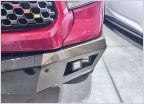 Cornering lights
Cornering lights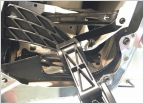 AMP Bedstep
AMP Bedstep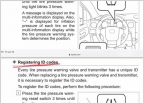 New tires and wheels- need tpms help
New tires and wheels- need tpms help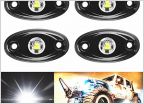 AMP Power step LED replacement?
AMP Power step LED replacement?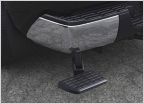 2020 Tundra Bed Step
2020 Tundra Bed Step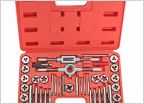 Stripped Deck Rail Screw Hole
Stripped Deck Rail Screw Hole














































































